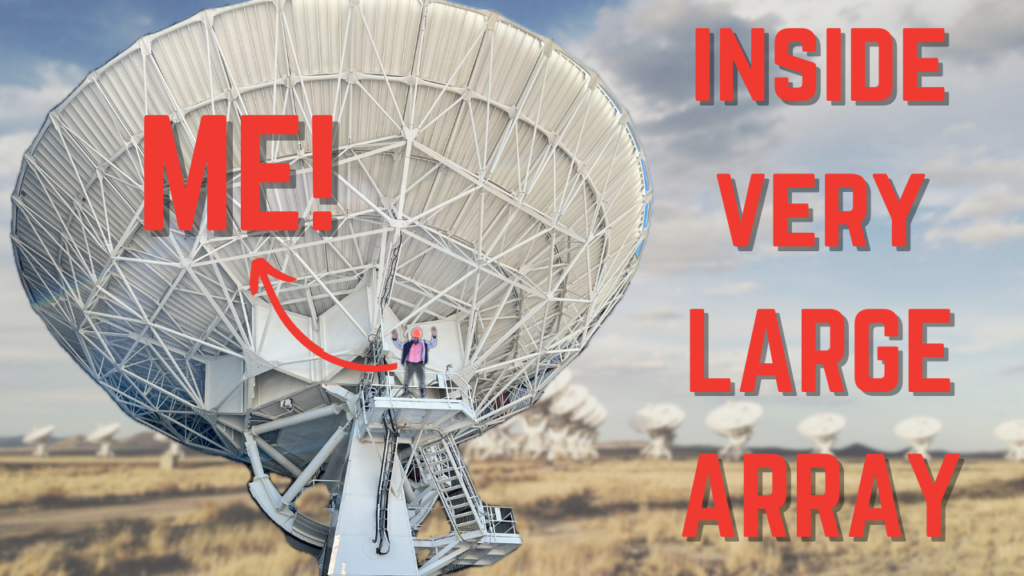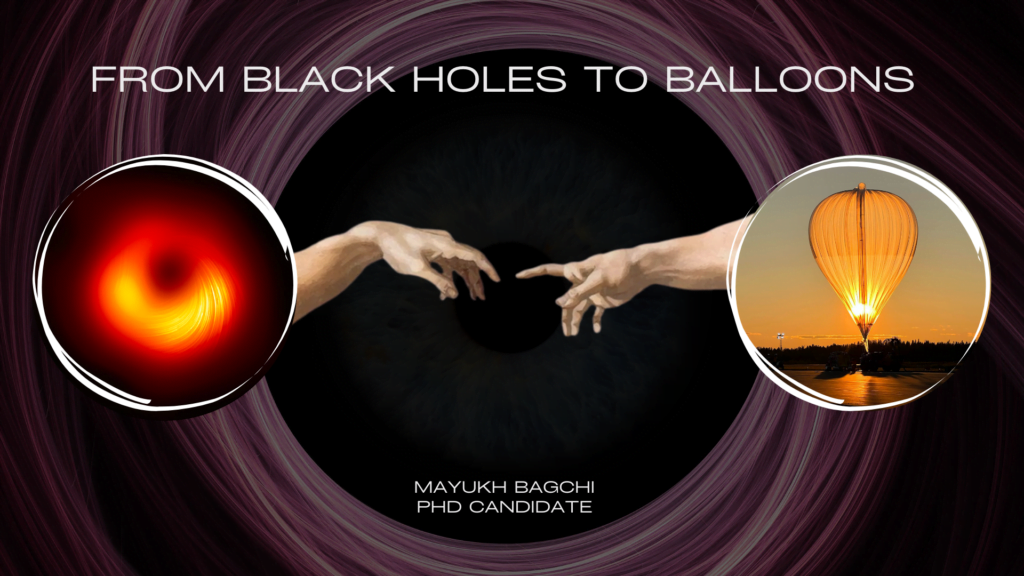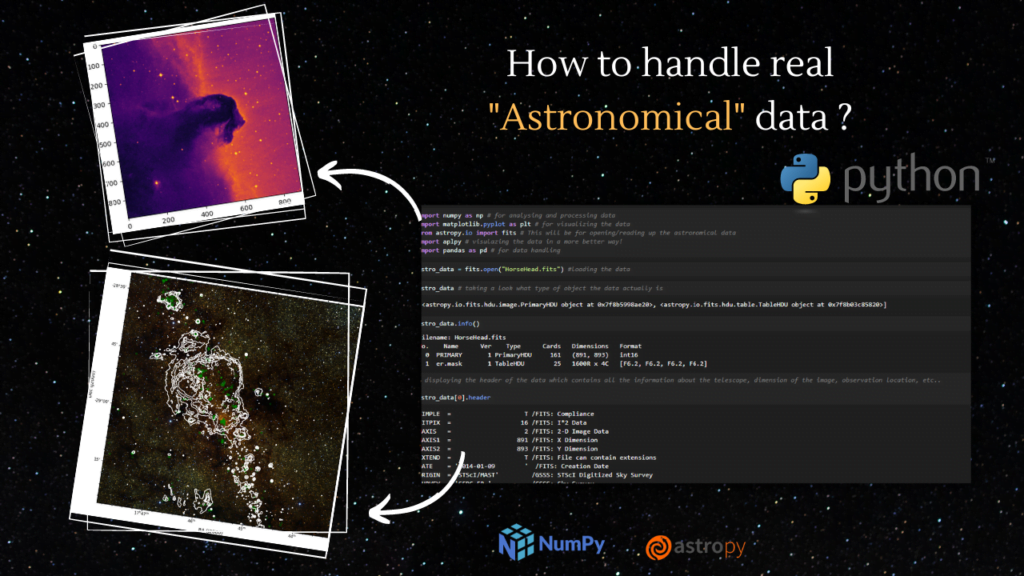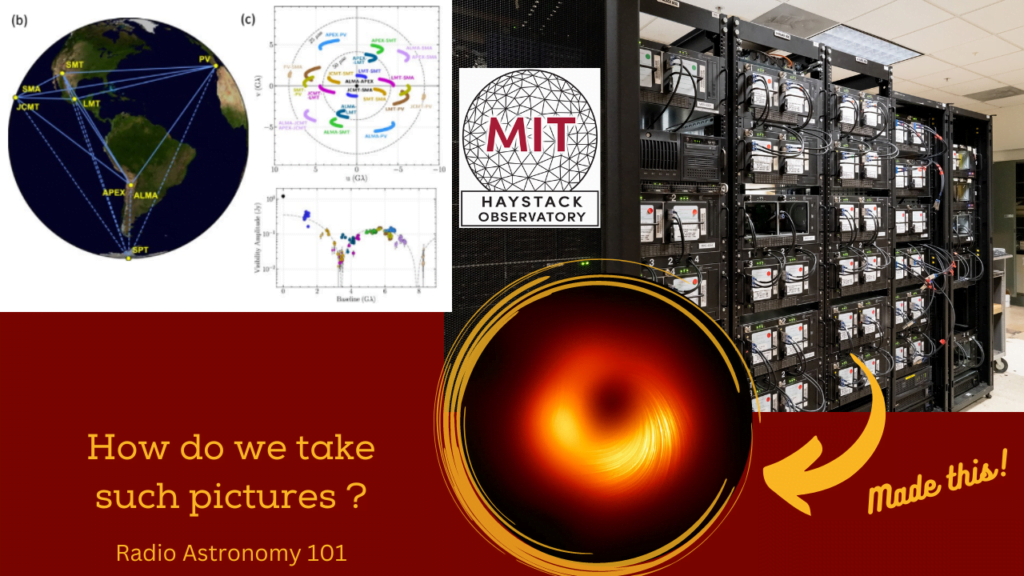What is a Radio Telescope and How Do They Work?
Radio telescopes are sophisticated instruments that allow astronomers to explore the universe in the radio spectrum. Unlike optical telescopes that collect visible light, radio telescopes capture radio waves emitted by celestial objects. This capability is crucial for studying astronomical phenomena that are invisible in the optical range, such as pulsars, quasars, and cosmic microwave background […]



